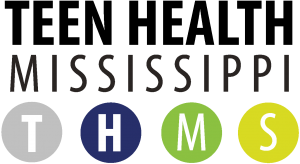Puberty - a time of great, and sometimes daunting, change for both young people and the adults in their lives. This interactive, full-day training will provide educators, school nurses, youth-serving professionals, and other caring adults with skills and strategies for teaching pubescent youth about their changing bodies, emotional growth, and navigating the path to adulthood in a way that is inclusive of students of all genders and sexual identities. Through a social-emotional learning lens, participants will have an opportunity to engage in lessons and activities that will build their own skills to teach anatomy, menstruation, hygiene, cultivating empathy, and more. Registration link here.


